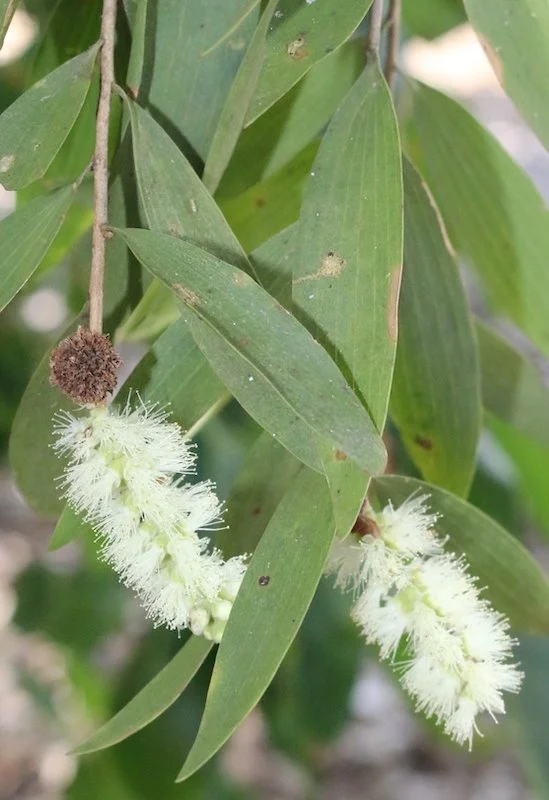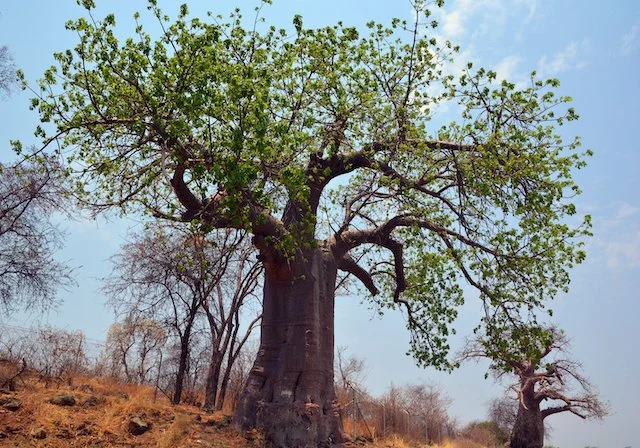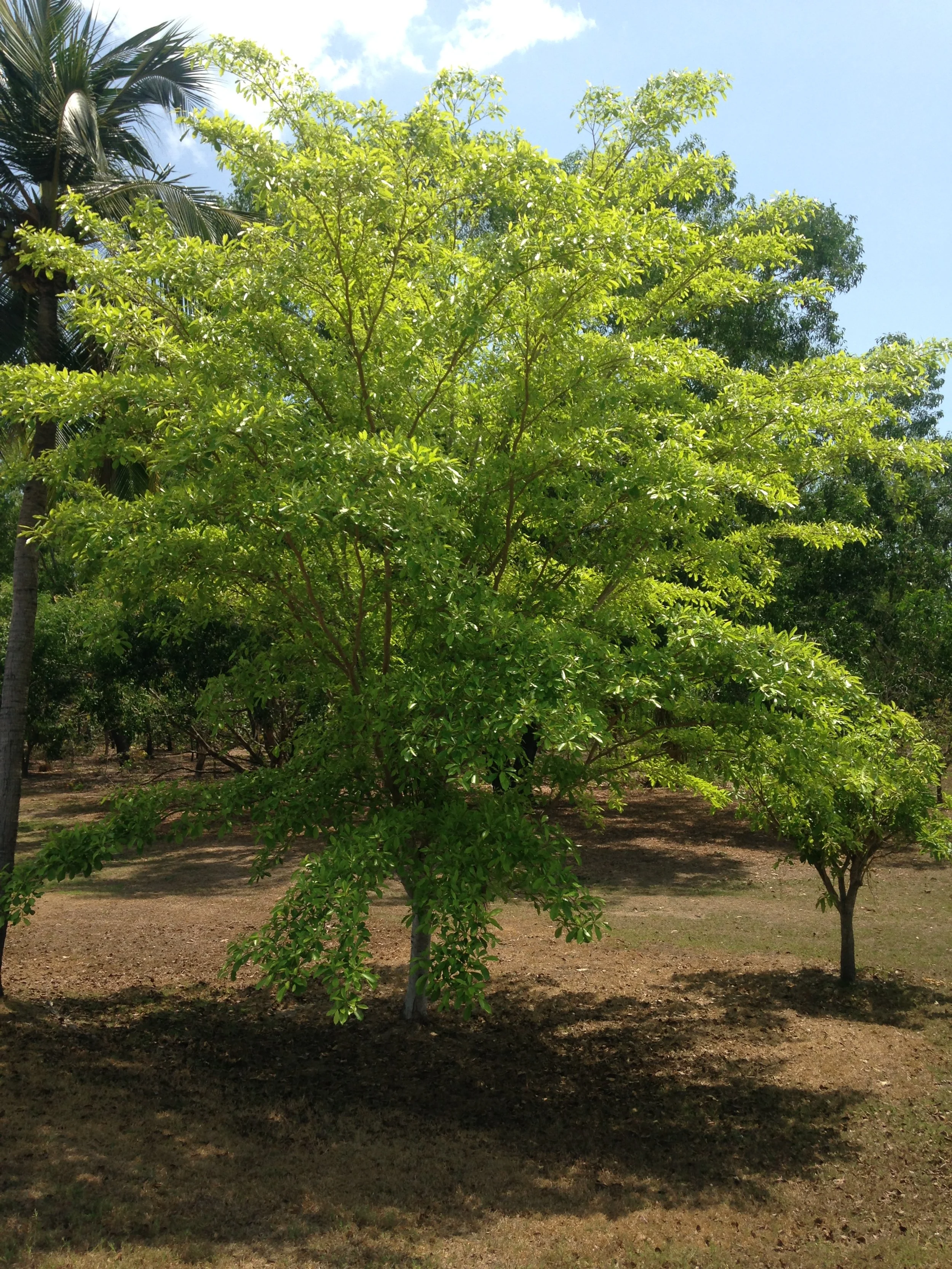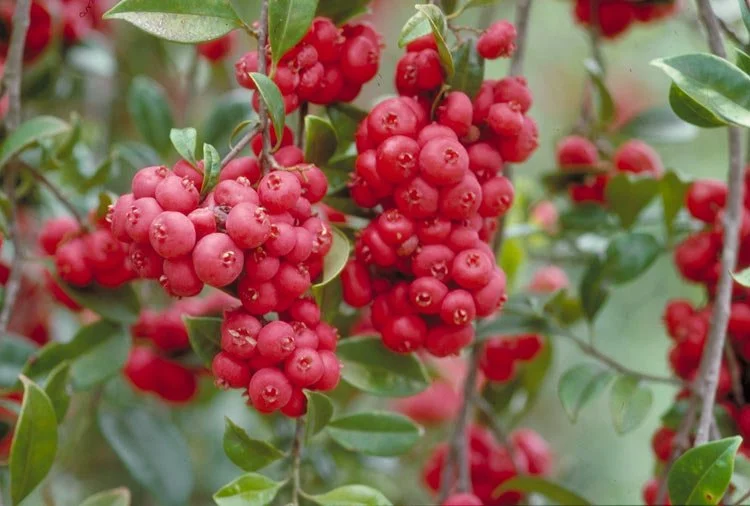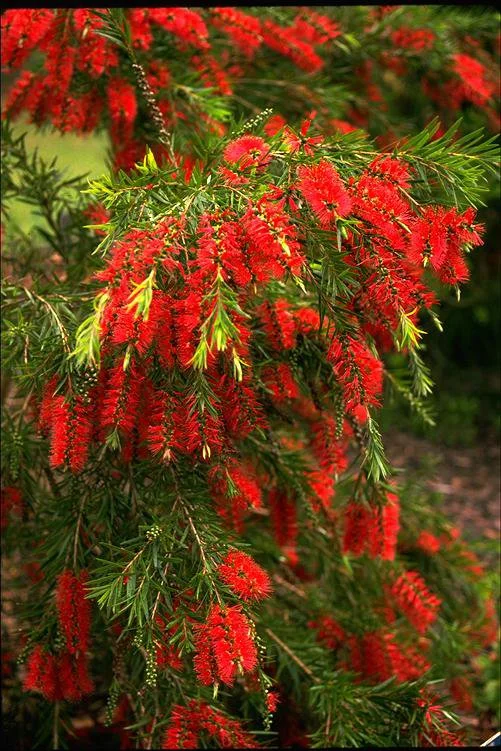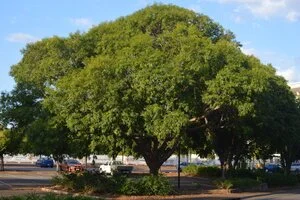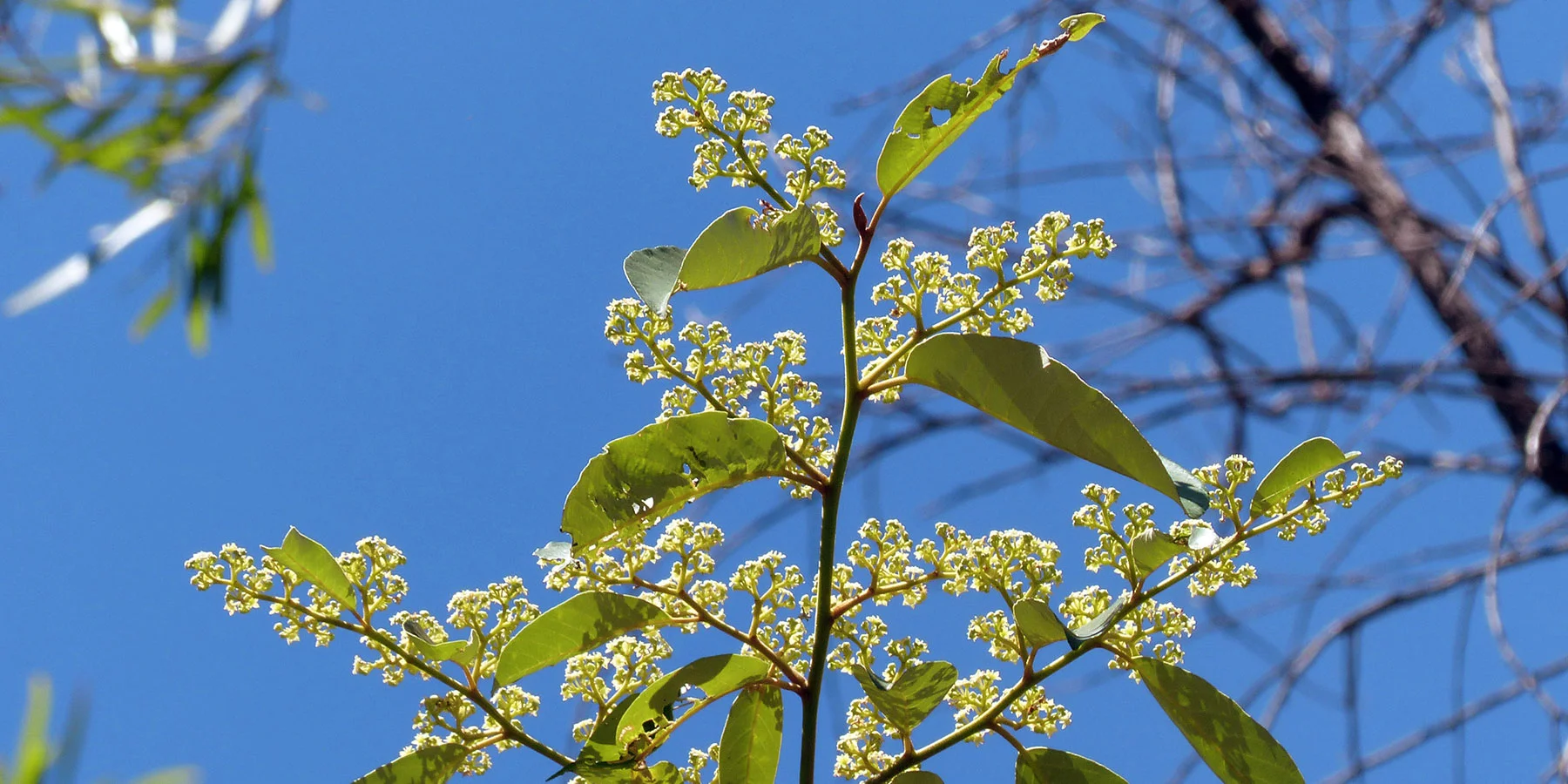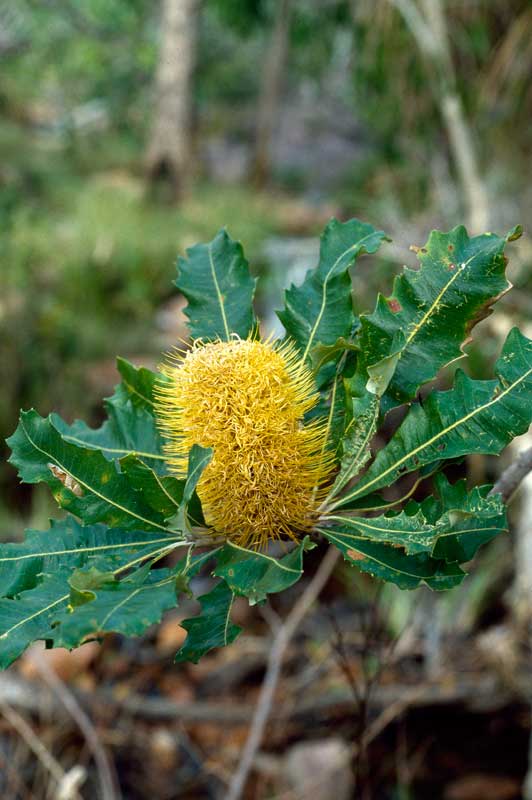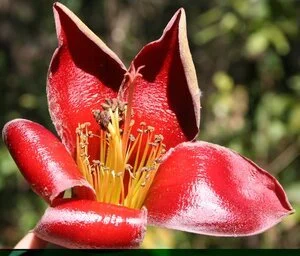Cyclone Resistant Plants
If you’re just looking for cyclone resistant Territory Native Plants take a look below.
Learn more about cyclone resistance, or jump to another category:
ALL IMAGES SUBJECT TO STRICT COPYRIGHT.
Permissions granted for image use on the Territory Native Plants Website does not constitute transfer of rights or permit reproduction, reuse or download to any third parties. Image copyright is retained by the owner.
Small to medium paperbark with profusions of bottlebrush flowers. Usually cream, green, yellow-green and occasionally red. Velvety soft grey-green juvenile foliage. Cream to grey fibrous, layered bark. Grows on outskirts of swamps and wetlands. An ideal choice for wetter areas on rural properties, or to bring character and colour to parks and gardens. 2-10M
Australia’s largest Cycad palm, NT’s most robust and fastest growing. Native to Borroloola/Gulf country. Showy dark green fronds, striking grey-black trunk and roundish fruit turning brown-orange when ripe. Found in open grassy woodland. Iconic feature plant for parks and gardens. 3-10M
Endemic small Bloodwood with dazzling bright red flowers, twisted and irregular branches, sometimes weeping, and characteristic bristly leaves. Rough grey or brown bark. Hardy, unique and unusual feature tree for parks and gardens. 5-7M
Unique Pandanus palm found only along sites of permanent freshwater. Often clumping, with clustered spiralling leaves and large round fruiting body that floats in water and is eaten by turtles. Hardy feature plant for waterway borders and wetland edges. 3-5M
Beautiful mostly evergreen gum tree endemic to the Top End. Gorgeous pale pink to yellowish new bark, maturing to stunning smooth white bark throughout. Ascending branches, blue grey tinged foliage and open crown. Small cream green flower clusters. Often found in heavy soils on seasonally flooded, low lying areas of the western Top End although hardy garden or parkland specimen once established. 8-18M
Common medium to large NT paperbark found in heavy clay soils including regularly inundated coastal areas. Grey, brown or whitish papery bark, silky new foliage and white, cream or green-yellow dense flower spikes. Wide indigenous and medicinal uses. Leaves used for antibacterial/anti-inflammatory ‘Cajuput oil’. Excellent shade, shelter and estuarine habitat tree, able to tolerate brackish and acid sulphate soils. Can grow larger but commonly 10-20M
The most widespread species of boab, native to Africa. Extremely long-lived 2,000+ years, with trunk diameter of 10M+. Stunning fast growing deciduous specimen feature tree for open sunny hot areas, with large white hanging scented flowers. Traditional food plant in Africa. Leaves, roots and fruits are edible. Very hardy & drought tolerant. 15-20M
Beautiful, iconic and endemic native Cycad found across Top End Eucalyptus and open deciduous woodland forests. One of the smallest species. Listed as vulnerable and fully protected in the NT. A stunning termite resistant ornamental landscape feature planting. Light orange-brown palm like new feathery leaves, becoming glossy at maturity. Extremely fire tolerant and long lived. Deciduous, less so under irrigation. Wide indigenous uses, although all parts considered toxic.
Graceful, decorative large spreading tree with diagonally layered branches, highly scented flowers and tasty sweet edible purple fruits. Excellent fast growing Top End native shade tree. Red-maroon flush before dropping leaves, with foliage returning soon after in bold fluorescent green flush. Common urban & rural streetscape and parkland planting. Bird & butterfly attractant. 10-20M
Very attractive small tree with neat compact form & dense dark green foliage contrasting with profusion of cream flowers. Bright pink-red fruits can be eaten raw, used to make jam, flavourings or added to Gin/Vodka drinks. Excellent bird attractant, landscaping, streetscape and feature garden planting. 4-6M
Small to medium semi-deciduous spreading bushland tree with pale green fruit, cream flowers and large oval leaves. The fruit is the world's highest known natural source of Vitamin C. Commercially harvested for its culinary uses including gourmet bush condiments like jams, chutneys and pickles. 5-7M
Small to moderate sized tree with spreading canopy, large oval leaves, dense shade and showy white flowers. Edible large white fruit with dry sharp apple taste. Useful for filling and screening. 5-10M
Stunning large, hardy & rare true-form NT Native shrub to small tree. (SYN: Melaleuca viminalis). Gorgeous foliage and profuse bright crimson red flower spikes, very attractive to a variety of native birds. Excellent fast growing & showy screening plant for sandy/clay soils in full sun. Useful for erosion control. Can tolerate coastal environments, light shade and be readily pruned. Requires moisture for establishment. 5-7M
Pretty and very fast growing ornamental coastal tree, native to the Bahamas. Beautiful dark red-orange flowers and sandpapery leaves. White, fragrant fleshy fruits. Tolerates part shade. Excellent small colourful flowering tree for quick growth. 5-10M
Decorative evergreen shrub endemic to Nth QLD. Spectacular dry season floral display of pale yellow flowers. Part shade tolerant, flowers as a shrub or can be grown in a pot. Very attractive to birds & bees. 3-5M
Hardy, slender and elegant medium sized shrub covered with beautiful cream/yellow globule pod flowers throughout the year. Sap can be eaten like a bush toffee. Useful for feature planting, filling and screening. 3-8M
Medium sized fast growing & hardy ornamental shade tree. Featuring bright red bead seeds, useful for making soap & jewellery. Dense shade for rural properties & revegetation projects. 3-10M
Australia's only Boab species. Synonymous with the Kimberley, but also native to the NT. Large feature tree with unique broad bottle-shaped trunk, deciduous, white flowers. Seeds and pith edible. Fast growing statement feature tree. 5-15M
Medium decorative feature shrub or small tree with layered growth. Cream, strongly scented flowers borne in small clusters along the branches. Attracts numerous birds and butterflies. Tasty edible shiny bright red fruit. Cyclone resistant. Excellent filler, feature & screening tree. 4-10M
NT Native rain tree. Very large feature tree with huge spreading symmetrical canopy. Hardy, fast growing and providing impressive shade. Highly scented white flowers. After several years establishing performs well with little water. Semi-deciduous. Excellent planting for rural properties and as cattle fodder. 10-15M
Very large feature tree with huge spreading symmetrical canopy. Hardy, fast growing and providing impressive shade. Highly scented reddish-pink to cream-golden coloured flowers. After several years establishing performs well with little water. Excellent planting for rural properties and as cattle fodder. 18-30M
One of the Top End's most impressive large cyclone & termite resistant shade trees. Majestic, dense & evergreen symmetrical canopy. Can live for over a hundred years. Important source of honey. Non invasive roots. An excellent large feature shade tree for rural properties or street & parkscape plantings. 15-20M
Common NT medium sized, spreading deciduous rainforest tree. Providing splendid shade in bloom. Bird and butterfly attractant, fragrant small white flowers. Termite resistant. Excellent rural and revegetation planting. 5-15M
One of the most popular and common large cyclone resistant shade trees in the Top End. Very handsome and stately feature specimen. Bird attractant, sweetly scented cream flowers and distinctive corky bark. 10-20M
Handsome medium sized showy shrub to small tree, endemic to Arnhem Land and Kakadu, with beautifully scented foliage. Magnificent large bright yellow globular flowers with unique seed pods, an important nectar source for native bees.1-3M
Small stately tree with fine, delicate weeping foliage. Bright showy yellow/orange globular flowers in numerous seed pods along branches. Crushed leaves smell like natural menthol, applied as a chest decongestant, inhaled for coughs, colds and headaches or rubbed in to treat aches and sprains. 2-5M
Distinctive & iconic feature shrub/small tree. The NT's only native Banksia. Beautiful large bright yellow decorative flowers which can be licked or sucked for nectar. Green-white holly shaped leaves, bird attractant. Ornate urban & rural feature planting. 3-7M
Impressive small tree with handsome low spreading canopy. Becomes covered with bright red pendulous droops of stunning flowers, followed by profusion of four-angled winged fruit. Urban feature or rural planting. Mostly 3-5M shrub but can grow into larger tree.
Tall layered deciduous tree with stunning red flowers when leafless, unique woody thorns on trunk & buttress roots. Kapok seed pod filled with white fluffy stuffing. Flowers and leaves edible. Occurs in monsoon vine forests and river banks. Related to the Boab. 10-20M
Medium to large decorative cyclone resistant shade tree. Small bright red bursts of flowers, large boat shaped seed pods, changing from green to black when ripe. Can be trained as a succulent bonsai due to the large tuber it develops from an early age. 5-15M
(CYCLONE RESISTANCE: ‘Preferred trees for Darwin’ - Medium and High categories. Learn more here)







